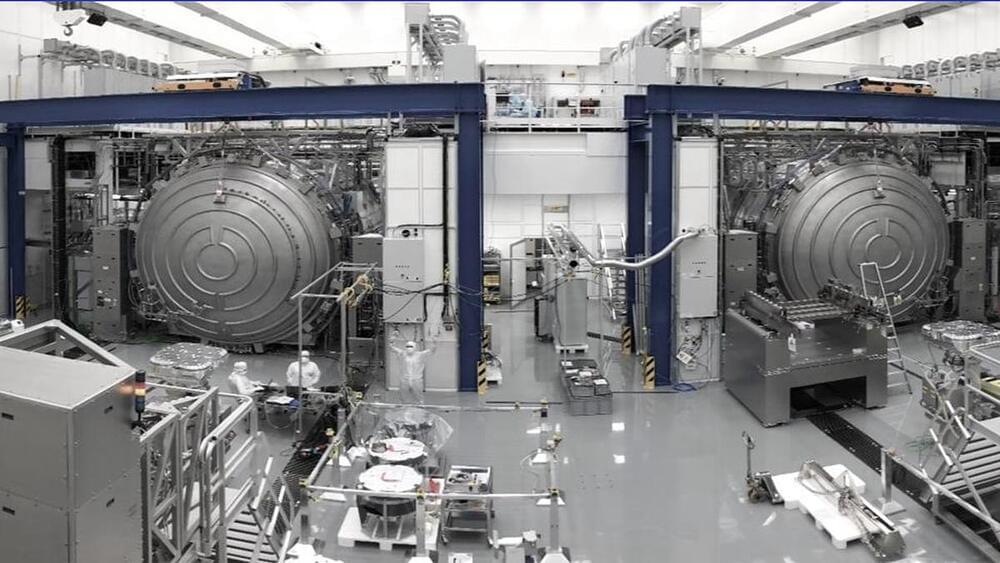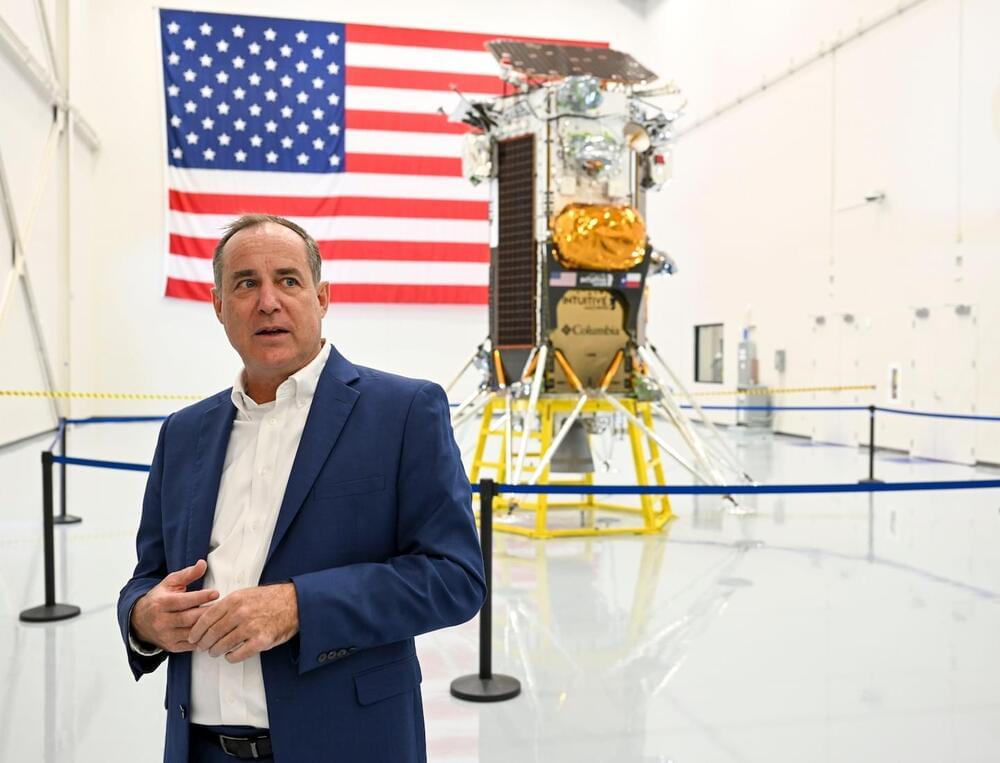Samsung has also reached an agreement to obtain high-NA EUV tools from ASML.



Intrigued pedestrians might soon double-take at the sight of robotic couriers whisking packages along Seoul’s sidewalks. The city, long revered for its kinetic energy, vibrant culture, and tech-savvy populace, now heralds a new era where AI companions seamlessly blend into the urban tapestry, all thanks to a trailblazing piece of legislation.
Discussions around Seoul’s pioneering law for robotic couriers often pivot between excitement and apprehension. Will these tireless machines soon buzz through our streets, carrying everything from our latest online splurge to critical medicine, or does their arrival signal a deeper, perhaps more ominous shift in society? Let’s journey into this brave new world where Seoul dares to dream with its eyes wide open.

Merry Christmas! I’m super excited to share my new & debut Opinion article for The Hill, a very influential newspapaer in Washington DC.
From addressing physical limitations to boosting cognitive abilities and emotional intelligence, technological enhancements hold the potential to revolutionize the human experience and ensure that we stand the best chance to remain relevant against advancing AI. Embracing human enhancement is not just a choice but an imperative for the continued advancement of our species.
There is an urgent need to technologically enhance human beings. That need is grounded in our innate drive for progress and improvement; our survival could even be at stake.


Ubisoft reportedly stopped hackers from stealing 900GB of data from the company, including user data from the game Rainbow Six Siege.
The company reportedly discovered the breach 48 hours after the hack, at which point it revoked the hackers’ access before they could remove any data, BleepingComputer reports.
Still, the hackers reportedly were able to access Microsoft Teams conversations, the Ubisoft SharePoint server, and the Confluence and Mongo DB Atlas.


Aditya-L1, India’s first mission to study the Sun, is set to conduct a complex manoeuvre that will insert it into the halo orbit around Lagrange Point 1 (L1) — considered to be the most significant of the Lagrangian points for observation of the Sun.
The insertion into L1, a point of gravitation equilibrium between the Earth and the Sun, is a critical phase of the mission that requires precise navigation and control. According to scientists, the meticulous process involves ensuring that the spacecraft maintains its trajectory to successfully enter the halo orbit.

Astrophysicists have discovered why spiral galaxies like the Milky Way are rare in the Supergalactic Plane, a dense region in our Local Universe. The research, led by Durham University and the University of Helsinki, used the SIBELIUS supercomputer simulation to show that galaxies in dense clusters on the Plane often merge, transforming spiral galaxies into elliptical ones. This finding, which aligns with telescope observations and supports the standard model of the Universe, helps explain a long-standing cosmic anomaly about galaxy distribution.
Astrophysicists say they have found an answer to why spiral galaxies like our own Milky Way are largely missing from a part of our Local Universe called the Supergalactic Plane.
The Supergalactic Plane is an enormous, flattened structure extending nearly a billion light years across in which our own Milky Way galaxy is embedded.

It’s especially relevant these days considering that America’s NASA is planning to get boots on the ground as soon as late 2025 as part of its Artemis program, with the construction of a permanent habitat following sometime in the 2030s — that is, if everything goes according to plan.
And while we’ve seen plenty of early mockups and renders, we may finally be honing in on some actual designs of what such a future fixture on the Moon could look like.
Last week, Thales Alenia Space announced it had signed a contract with the ASI to build the “first permanent outpost on the Moon” — and the news has us giddy with excitement.
